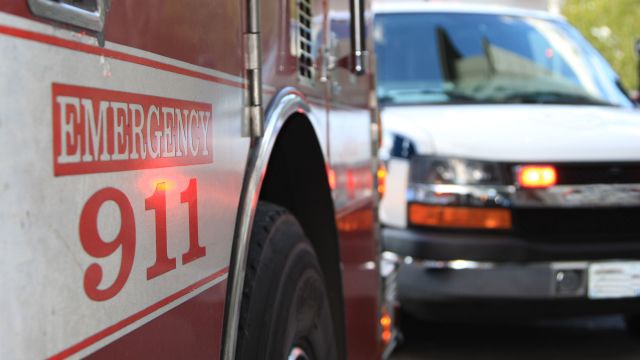As incidents of intentional harm increase in the US, many people are wondering how best to protect themselves in the event of a mass shooting or other act of violence. Mike Museousky, DO, an emergency room physician at Centerpoint Medical Center in Independence, Missouri, offers tips for staying safe when the unimaginable happens.
Run, hide, fight
Museousky says one of the biggest mistakes people make in an active shooter situation is they stop moving or lie on the ground. “If you hear gunshots in a public forum, run and don’t look around to find the shooter,” Museousky says. “Get away as fast as possible. That’s the number one thing you can do to save lives.” If you’re in a confined space, such as a sporting event or a mall, run towards the nearest exit. Encourage others who are not moving to come with you, Museousky says. And, always leave your belongings behind and put your safety first.
When you can’t run, Museousky says the next best thing to do is to hide where you can’t easily be seen, preferably behind a locked door. Make sure you silence your phone so it doesn’t give you away.
A mass shooter’s goal is to randomly kill people, Museousky says. Once he starts shooting, he knows he has limited time to do as much damage as possible, so he’s going to focus on the easiest targets. When you move or hide, you’re no longer an easy target.
If you can’t run or hide, that’s the time to fight, Museousky says. “You have to think to yourself, ‘If I don’t do something right now, I’m going to die.’” Be as aggressive as possible—yell and throw things—and use whatever is available as a weapon against the shooter. For example, you could stab him with a scissors or throw hot coffee on him. If you’re with a group of people, have someone distract the shooter while others try to subdue him until the police arrive.
In a situation where someone is using a vehicle to cause harm, Museousky says the same rules apply. Move as quickly as possible away from the oncoming car or truck and get behind any structure that could potentially stop or slow the vehicle. It’s hard for vehicles to quickly change direction and the driver is going for the biggest concentration of people, so move away from the crowd, Museousky says.
What else you can do
Other safety tips to follow for incidents of intentional violence:
- Listen to the police. When you exit a place where a shooting has occurred, make sure your hands are visible. If the police officers tell you to get on the ground, do what they say, Museousky says. Remember, at this point, they don’t know who the bad guy is.
- Help victims. Once the immediate danger has passed and you’re safe, try to help victims. Look for people who are still breathing. Put real pressure—with your own arms or legs if necessary—on wounds that are bleeding until emergency help arrives. Help transport people with mild injuries to the hospital, if possible. Those most severely injured will need emergency medical services.
- Always be prepared. Museousky urges everyone to be cognizant of their surroundings and to not get complacent in public places or at work. “Workplace violence can happen anywhere,” he says. Think about what you’d do if a shooter arrived at your workplace. Locate the nearest exits, come up with an escape plan and walk through it as a precautionary step.
Remember: during an act of mass harm, run first, hide second and fight as a last resort. Want to learn more? The Department of Homeland Security has easy-to-understand Active Shooter Preparedness material on its website.






